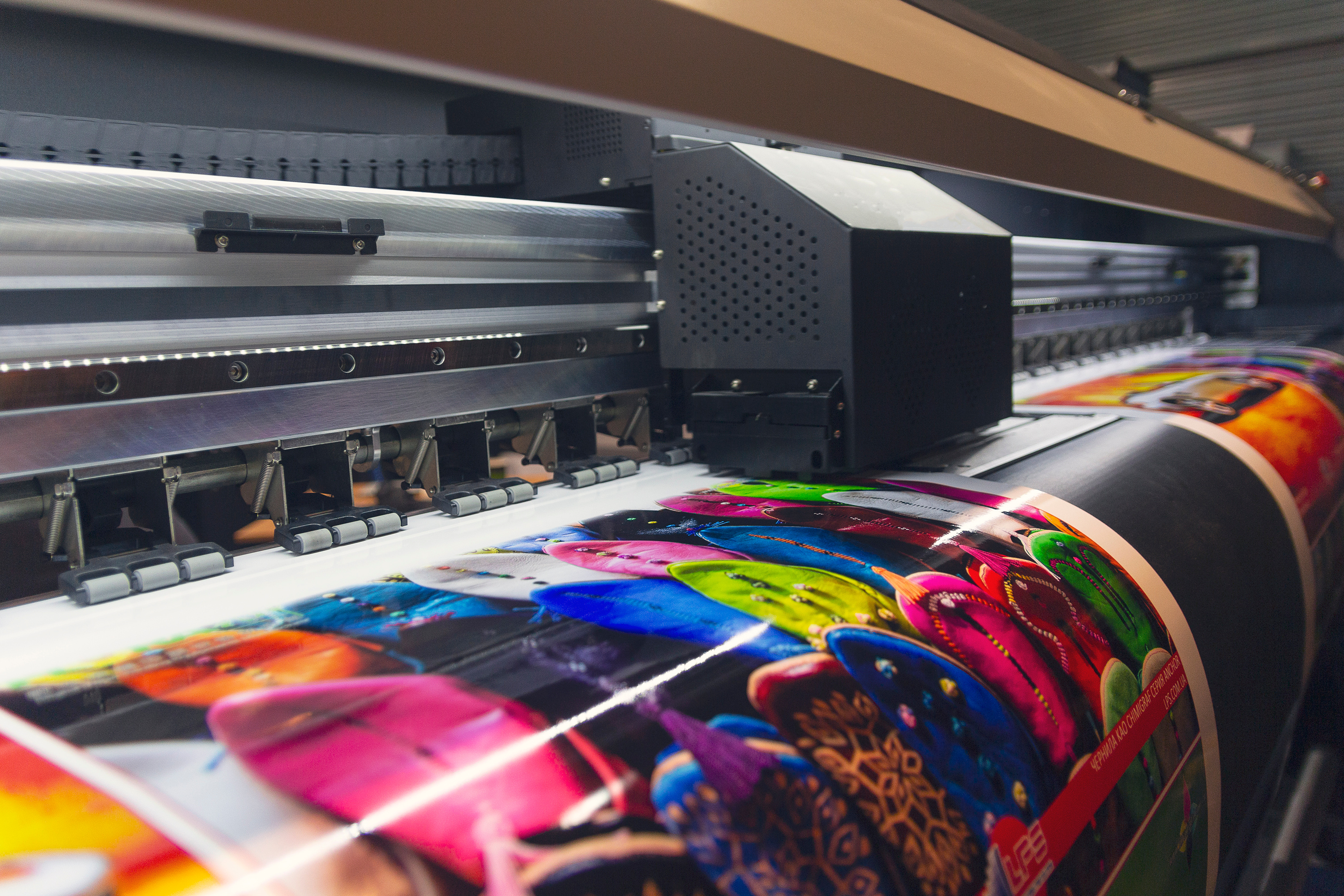
Offset Printing and Digital Printing
21-Nov-2023
Difference between Offset Printing and Digital Printing
Two popular printing methods that are widely used today are offset printing and digital printing. Let's explore the disparities between offset printing and digital printing.
Let's Explore Offset Printing First!
- For decades, the conventional print technique of offset printing, or lithography,has been utilized. It entails shifting the image from a printing plate to a rubber blanket and eventually to the print surface. To create the printing plate, a photosensitive substance is exposed to a negative lm of the image that needs to be printed. Afterward, a chemical solution is used on the plate, eradicating the areas that were not exposed and retaining the intended image for printing solely.
- Offset printing is recommended for large printing jobs due to its high setup costs. However, as the number of prints increases, the per-unit cost gradually decreases. This process is known to produce vibrant colors and sharp detail, and it is highly adaptable, such that it can print on materials ranging from envelopes and cardstock to non-paper materials like metal sheets and plastics.
Advantages of Offset Printing
- The printing surface is evenly and uniformly coated with ink, creating a consistent-quality print every time and throughout the process.
- Offset printing can use special inks such as metallic and fluorescent inks.
Limitations of Offset Printing
- High setup costs make it impractical for short print runs.
- Offset printing is not ideal for printing variable data such as personalized names and addresses.
It's Time to Know About Digital Printing!
- Digital printing has gained fame in recent years & has evolved as a convenient alternative to traditional printing methods. It consists of new-age innovative technologies like laser printing and inkjet, which allow digital les to transfer directly onto the printing surfaces. While inkjet printing utilizes liquid ink, laser printing relies on toner powder for the same purpose.
- For small print runs, digital printing is a practical option since setup costs are not needed. However, for larger print runs, the per-unit cost of digital printing is higher in contrast to Offset printing. And it produces vibrant colors and crisp details, guaranteeing high-quality prints. Moreover, it is perfect for printing a variety of personalized data, like names and addresses.
Advantages of Digital Printing
- It prints on demand. That means print whenever necessary, with the ability to produce multiple copies.
- Digital printing allows for quick turnaround times because there is no requirement for plates to be made or for the ink to be mixed.
Limitations of Digital Printing
- It is not ideal for printing on a wide range of paper types & sizes, and the print quality can be affected by the quality of the digital le.
- Digital printing is not suitable for printing with metallic and fluorescent inks.
Differences between Offset Printing and Digital Printing
- Printing Technique : Offset printing requires a printing plate and rubber blanket, while digital printing uses a digital le and a printer. It is one of the main differentiating points between these two techniques and could be the key to a professional finish for your project.
- Cost : Digital printing is a more attractive option when the cost is a concern since it has no setup costs. On the other hand, offset printing - where plates must be produced, and ink must be prepared - comes with a high setup cost.
- Turnaround Time : For large print runs, offset printing is the go-to option, while short print runs are best executed using digital printing.
